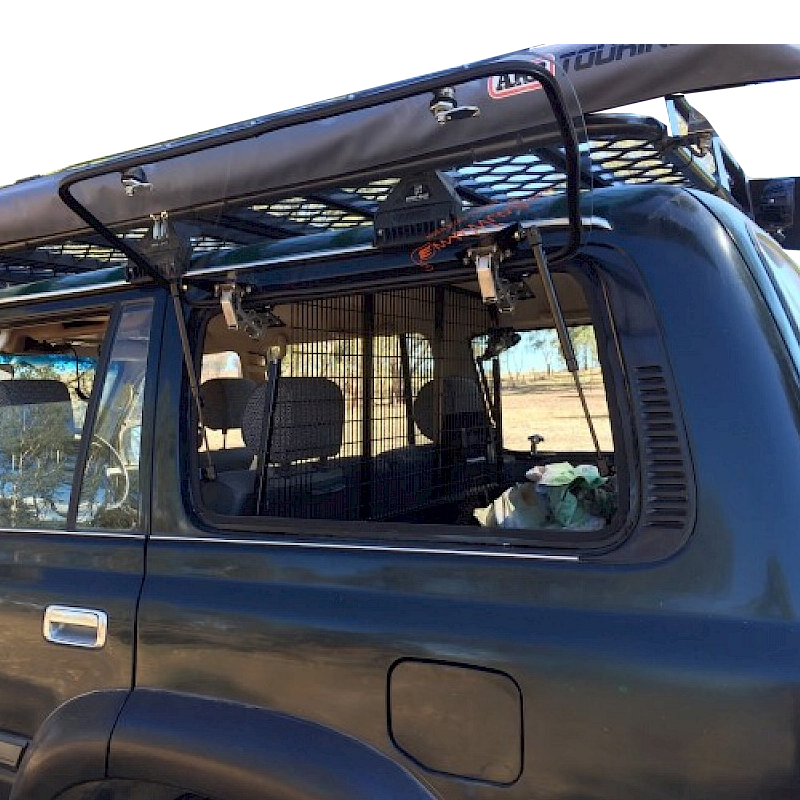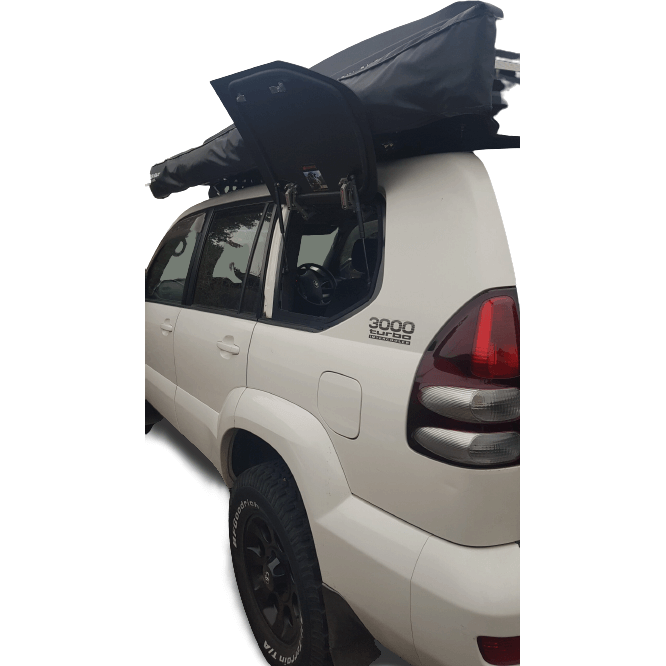Changing Gears & Holding Gears When Offroad
A lot of modern 4wd vehicles come with an automatic gearbox, but the best of these also let you change gears manually – and there are still plenty of manual boxes out there, too. A lot of veteran off-roaders swear by a manual, because it gives you a lot more flexibility on really tough terrain. If you’re less experienced, though, you can get into a mess by choosing the wrong gear for the situation. Using a manual on the road is easy; in the bush it can be a bit more complicated.
Most of the time, selecting gears on the road is mostly a matter of matching ratios to how fast you’re going. You might want to tweak it a bit if the roads are icy or wet, but generally there’s a very close relationship between gear and speed. Off road that isn’t the case at all. Your main priority when selecting a gear is going to be how to maximise grip. Doing 30km/h on wet rock is totally different from 30km/h on loose, dry sand. On top of that, you might have high/low range and diff lock to think about as well.
Just to make it even more interesting, there are no hard and fast rules about what gear is best in what conditions. A lower gear will generally give more grip, but not always. Sand is notoriously unpredictable. Wet sand – if you’re driving below the high tide mark on a beach, for example – is a pretty firm surface that’s easy to drive on. Saturated sand, where it’s actually being washed by each wave, can be a different story, and loose, dry sand makes it frustratingly easy to bury yourself to the axles.
On any difficult surface – snow, mud, and loose gravel, as well as sand – the key to not getting stuck is keeping up your momentum. Once you stop, there’s a good change that trying to get moving again will just dig you in. Too high a gear can start your wheels spinning, and you’ll slow down and dig yourself in; too low and you’ll lose momentum, slow down and… you know where this is going. The trick is, before you move out onto a soft surface, get yourself at an appropriate speed then, as soon as you’re on it, find the gear that lets you maintain that speed with some power in reserve.
Generally, lower gears work best on sand and mud. There’s less risk of the wheels spinning, and as long as your tyre pressures are low enough you’ll get more grip. The exact choice of gear varies though. The best gear for you depends on your vehicle, and on the type of sand. You’ll learn through experience what’s best (and, sadly, that means you’ll probably get stuck a couple of times before you get it right).
It’s a lot simpler to work out what gear to use when descending slopes or dunes – as low as possible. If it’s a steep slope stay in first; for a shallower one you might be able to safely go in second. Gear changes on slopes, just like on soft surfaces, need to be carried out quickly and smoothly. The longer you’re out of gear the more likely you are to get into trouble.
Effective use of gears off-road comes with practice. You’ll soon learn to tell by feel when it’s time to change gears. The main thing is to remember that, off road, you’ll be using lower gears much more and making more frequent changes. Changing up as you accelerate, then cruising in fifth for an hour, isn’t something you’ll be doing. That makes quick, confident changes vital. Get that right and you have it pretty much sorted.







